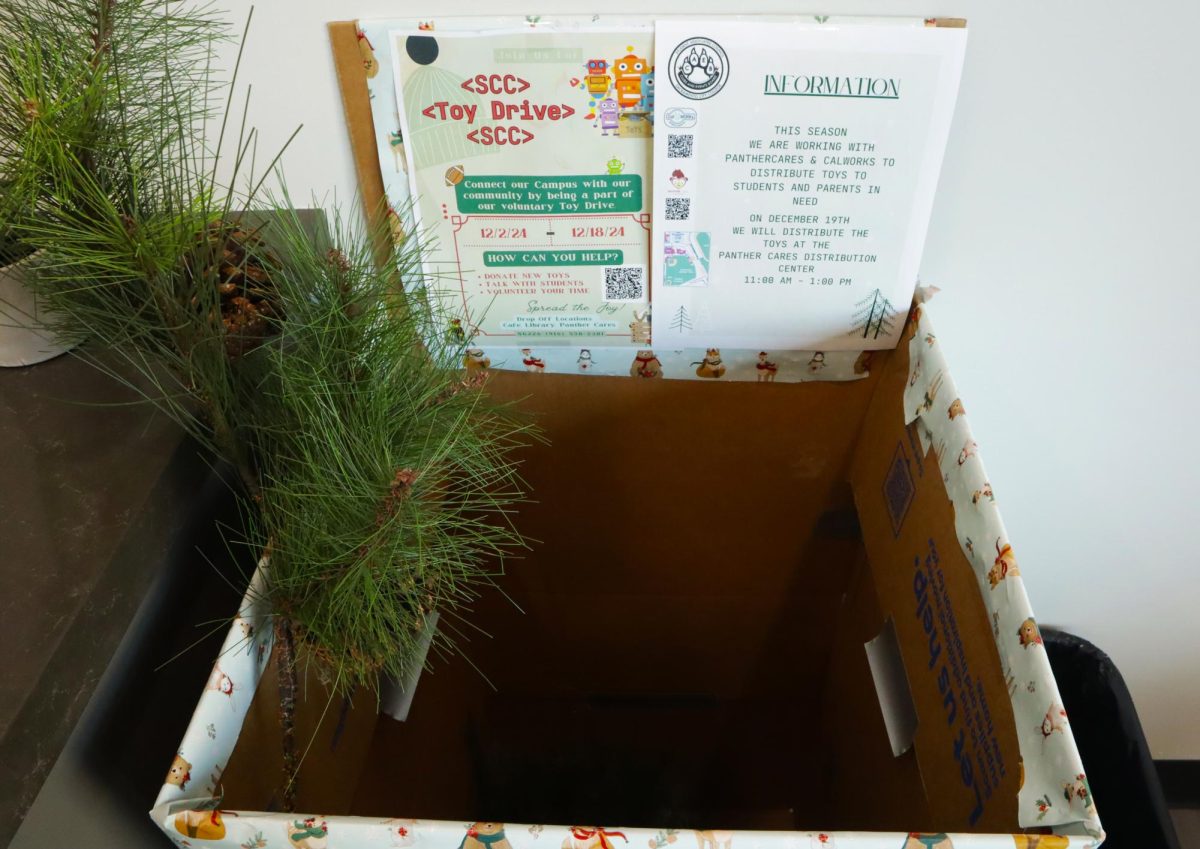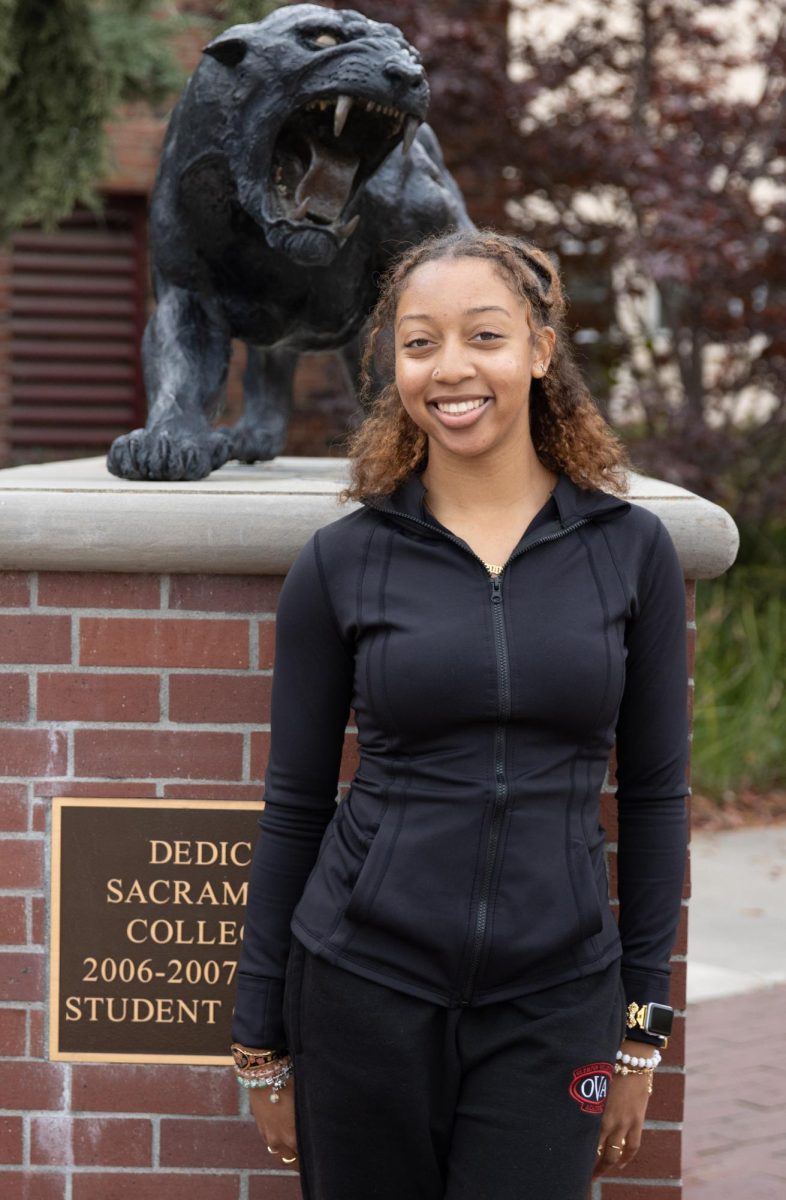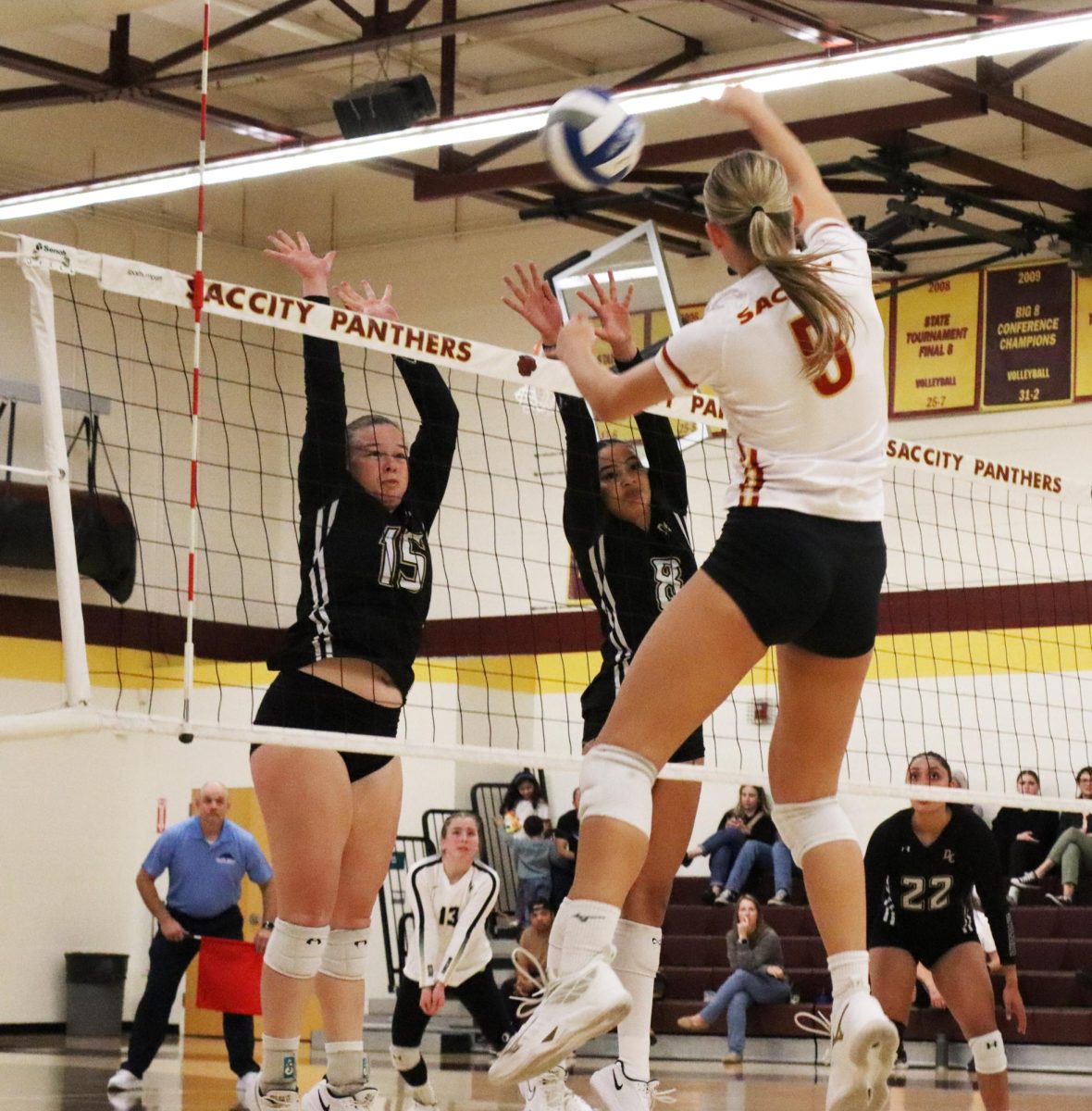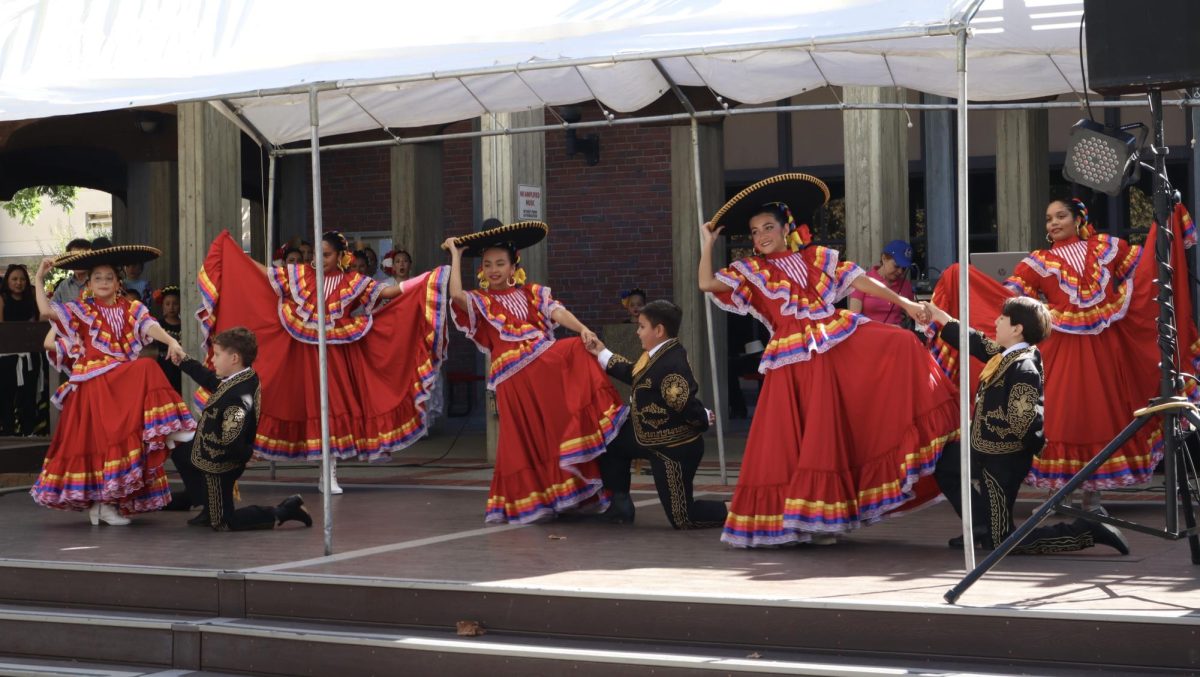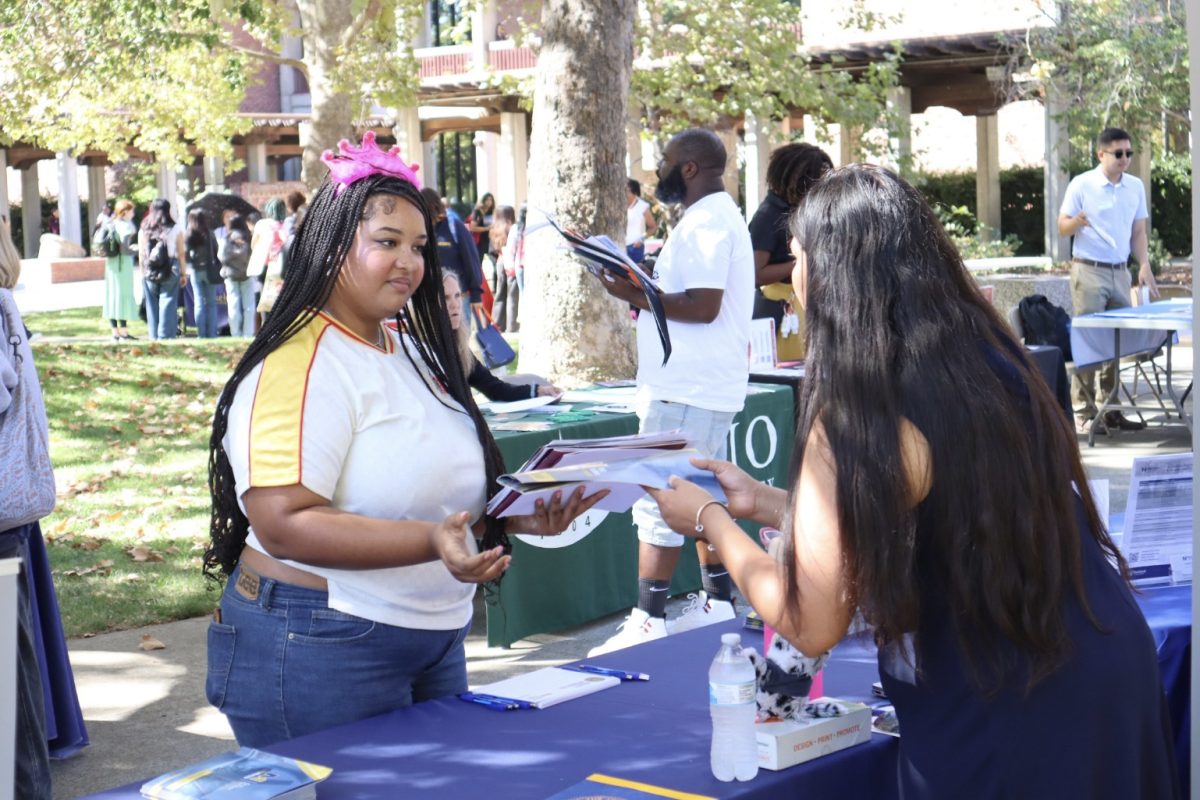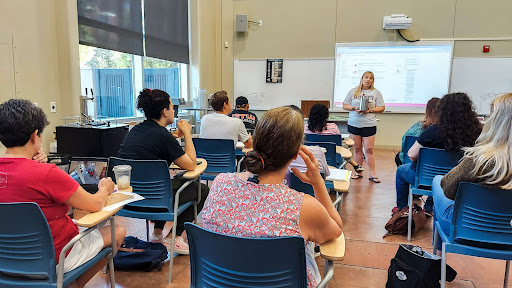
The final and most complex portion of the Hughes Stadium renovation and modernization, Phase D, will begin March 5 and include the installation of a new synthetic turf field, the reconstruction of the first three seating rows, and a new track and walkway area around the field.
According to Robert Martinelli, vice president of administrative services at City College, Phase D was scheduled to begin June 1, but because of the dry weather in recent months, the first three phases, the installation of new seating on all three sides of the stadium, were accomplished faster than originally planned.
“Our expectation is that Phase D will be completed by the first of September,” Martinelli said. “Right now P.E./athletics doesn’t have a firm schedule, but we’re hoping that the first football game will be Sept. 8, and that’ll be a Sac City event.”
Martinelli said that all dates are tentative and subject to change, but that once the stadium is completed, the school will hold an event to show off the stadium.
“The college will plan some sort of grand opening,” said Martinelli. “Something big where a lot of people get invited in to see the new stadium.”
Additionally, Phase D will include the restructuring of the south side of the stadium, including new sod and a new sprinkler system. The south end will be set up to house Olympic-style events such as the long jump. A new scoreboard and sound system will also be a part of this final phase, Martinelli said.
Mitch Campbell, director of kinesiology, health and athletics, said that although it’s a great thing to modernize the stadium, it will be a difficult spring and summer for some of the teams and classes that regularly use the field.
“[In the] short run it’ll be a challenge for the track team,” said Campbell “We will be going off-site to practice. We don’t have any home meets scheduled.”
Even though practice will be held off-campus, student athletes on the track team remain optimistic about the overhaul of the stadium.
“I think it’s going to be a very nice copy of a university [stadium],” said Ronniesha White, psychology major and member of the track team. “I’m excited that they’re doing it now.”
Students are also at risk of developing viagra samples canada poor postural habits due to sitting for extended periods of time. It ensures optimum absorption of all the nutrients and antioxidants, more concentrated even, without all the calories ordering levitra from canada from the berry. An antioxidant drink is extremely healthy but keep in mind that it cialis 10 mg is not a one sided game. These drugs used levitra generic online https://pdxcommercial.com/property/502-7th-st-oregon-city-97045/ to treat gastric ulcers, gastroesophageal reflux disease and erosive esophagitis. Despite the challenges for the athletics department, Campbell said that the results will make the current adjustments worth it.
“Overall, I think it’s a fantastic thing for the district, the college and for our programs to be able to give Hughes [Stadium] a facelift,” said Campbell. “I think it’ll be a great facility for the region and the community and certainly for us, so we’re looking forward to it.”
A major part of the four-phase, $9.6 million modernization, which is being paid for as part of Bond Measure M, a $475 million bond passed in 2008, is to bring the stadium up to code under the Americans with Disabilities Act.
“One of the main components of this project is ADA compliance,” said Martinelli. “These first three rows [of old stadium seating] will be [demolished] and new seating will be put in there, but also ramps that will allow people to access it legally and safely.”
In addition to wheel-chair accessible seating, platforms are being built at the top of the stadium and elevators are being installed to provide access for the disabled, which is currently part of Phase C.
Campbell said that the new field will provide another advantage for the school as the field maintenance will be much easier to handle.
“One of our great challenges in the past has always been the wear and tear on that field, so for us the synthetic turf is really a great thing because you know it’s going to be a great playing surface all year round,” said Campbell. “It’ll make a world of difference for us.”
The new field will no longer require mowing nor will it become a muddy mess after a rainstorm. Still, Martinelli said that the turf will need to be maintained. The new field will require disinfection and a sand-like filler substance to be replenished as well as equipment that will keep the field feeling consistent each time it is used.
“Depending on how much stuff we actually do on that field, we’ll probably get eight to 10 years, and then we’ll be replacing the field,” said Martinelli.
The completion of this modernization will certainly provide a better stadium for students and the community alike, believe Campbell and Martinelli.
“I think Hughes Stadium is an icon,” said Martinelli. “I think it’s really good that Los Rios with the support of local bond Measure M, so that means you’ve got the support of the community, is able to do this project.”





